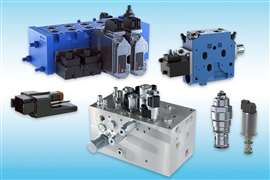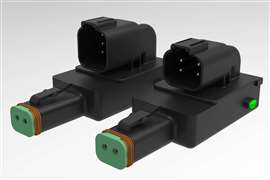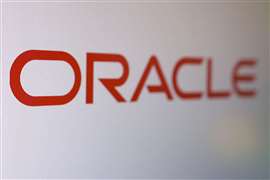Read this article in Français Deutsch Italiano Português Español
Successful demo of hydrogen fuel cell at Microsoft data center
22 January 2024
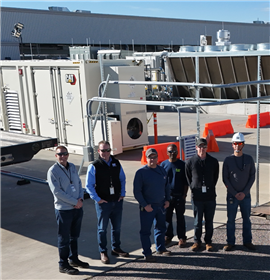 Hydrogen fuel cell demonstration project team. (Photo: Caterpillar)
Hydrogen fuel cell demonstration project team. (Photo: Caterpillar)
In November 2021, Caterpillar announced a three-year project in collaboration with Microsoft and Ballard Power Systems to demonstrate the viability of large-format hydrogen fuel cells as backup power for data centers. Caterpillar now announces the successful completion of the project, which integrated a hydrogen fuel cell into a Microsoft data center electrical plant to support its critical load.
Caterpillar led the project, providing the overall system integration, power electronics and microgrid controls that form the central structure of the hydrogen power solution. A Caterpillar Microgrid Controller operated two Cat Power Grid Stabilization (PGS) 1260 battery energy storage systems along with the 1.5-MW hydrogen fuel cell supplied by Ballard. The power solution was fueled by low-carbon-intensity hydrogen.
The project simulated a 48-hour backup power event at Microsoft’s data center in Cheyenne, Wyo. According to Caterpillar, the project validated the fuel cell power system’s performance at 6,086 ft. (1,855 m) above sea level and in below-freezing conditions. Valuable insights were gained into the capabilities of fuel cell systems to power multi-megawatt data centers, the company added, and their ability to provide uninterrupted power supply to meet 99.999% uptime requirements.
“This successful collaboration with Microsoft and Ballard demonstrates the potential of hydrogen fuel cells to help data centers address their critical power needs while reducing their emissions,” said Jaime Mineart, senior vice president of Caterpillar Electric Power.
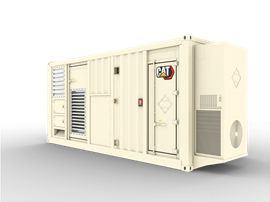 Cat Power Grid Stabilization battery energy storage systems. (Photo: Caterpillar)
Cat Power Grid Stabilization battery energy storage systems. (Photo: Caterpillar)
David Mucciacciaro, chief commercial officer of Ballard Power Systems, agreed, adding the project’s successful completion provides “an important proof point of the reliability and durability of Ballard’s fuel cells in providing zero-emission backup power for data centers.”
Sean James, senior director of data center research at Microsoft, saw the project’s success providing“an opportunity for hyperscale providers to drive innovations in the sustainability of power generation technologies.” He added that the research and findings of the demonstration project will help Microsoft towards its goal to become carbon negative by 2030.
The project was supported and partially funded by the U.S. Department of Energy Hydrogen and Fuel Cell Technologies Office (DOE) under the H2@Scale initiative, which brings stakeholders together to advance affordable hydrogen production, transport, storage and utilization in multiple energy sectors. During the demonstration, the DOE’s National Renewable Energy Laboratory (NREL) analyzed safety, techno-economics and greenhouse gas (GHG) impacts.
POWER SOURCING GUIDE
The trusted reference and buyer’s guide for 83 years
The original “desktop search engine,” guiding nearly 10,000 users in more than 90 countries it is the primary reference for specifications and details on all the components that go into engine systems.
Visit Now
STAY CONNECTED




Receive the information you need when you need it through our world-leading magazines, newsletters and daily briefings.
CONNECT WITH THE TEAM











